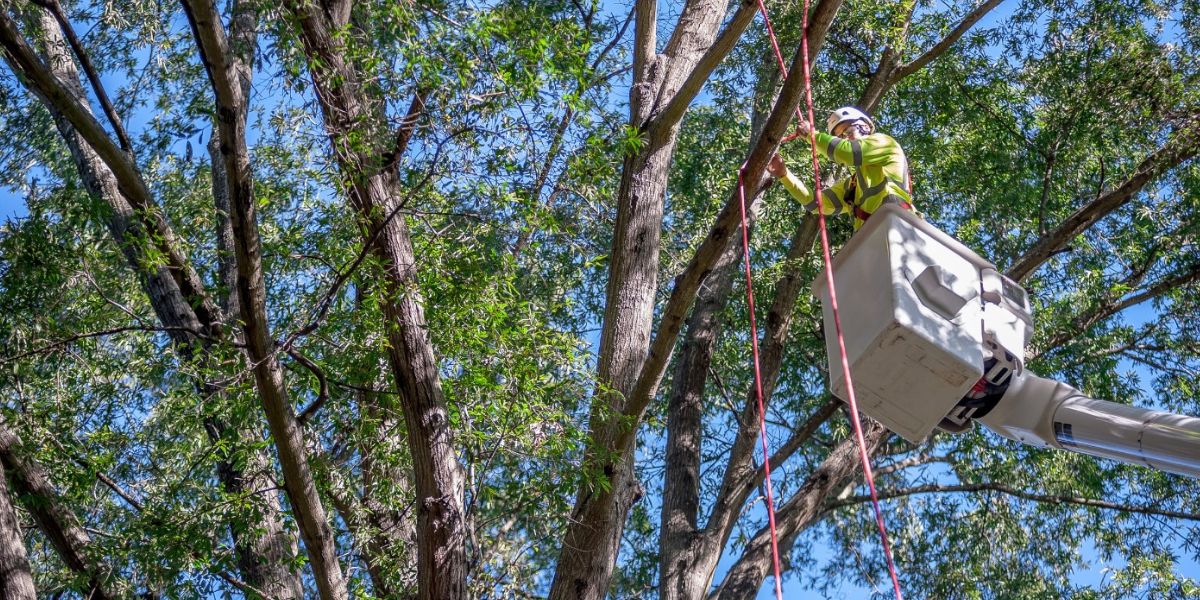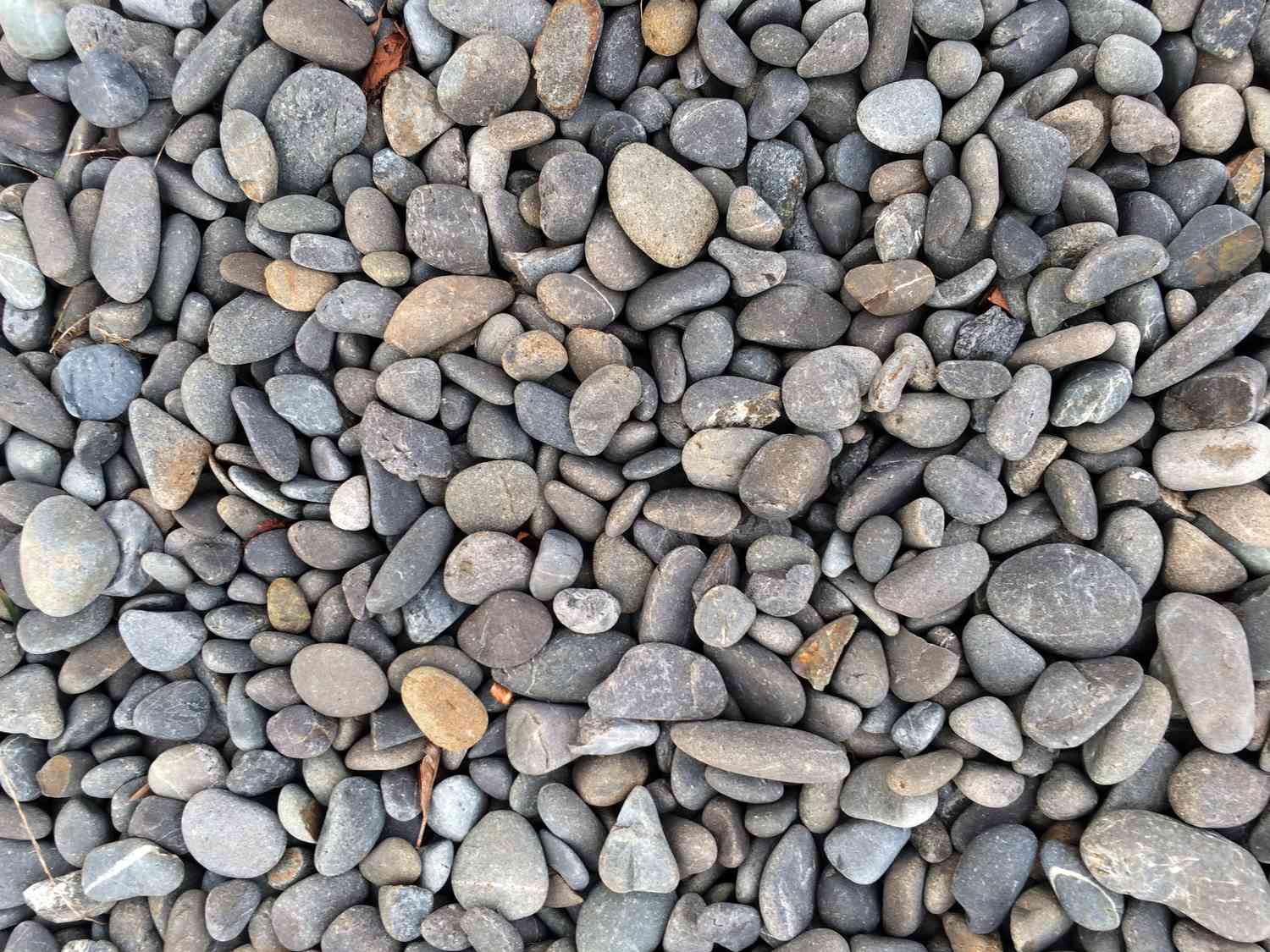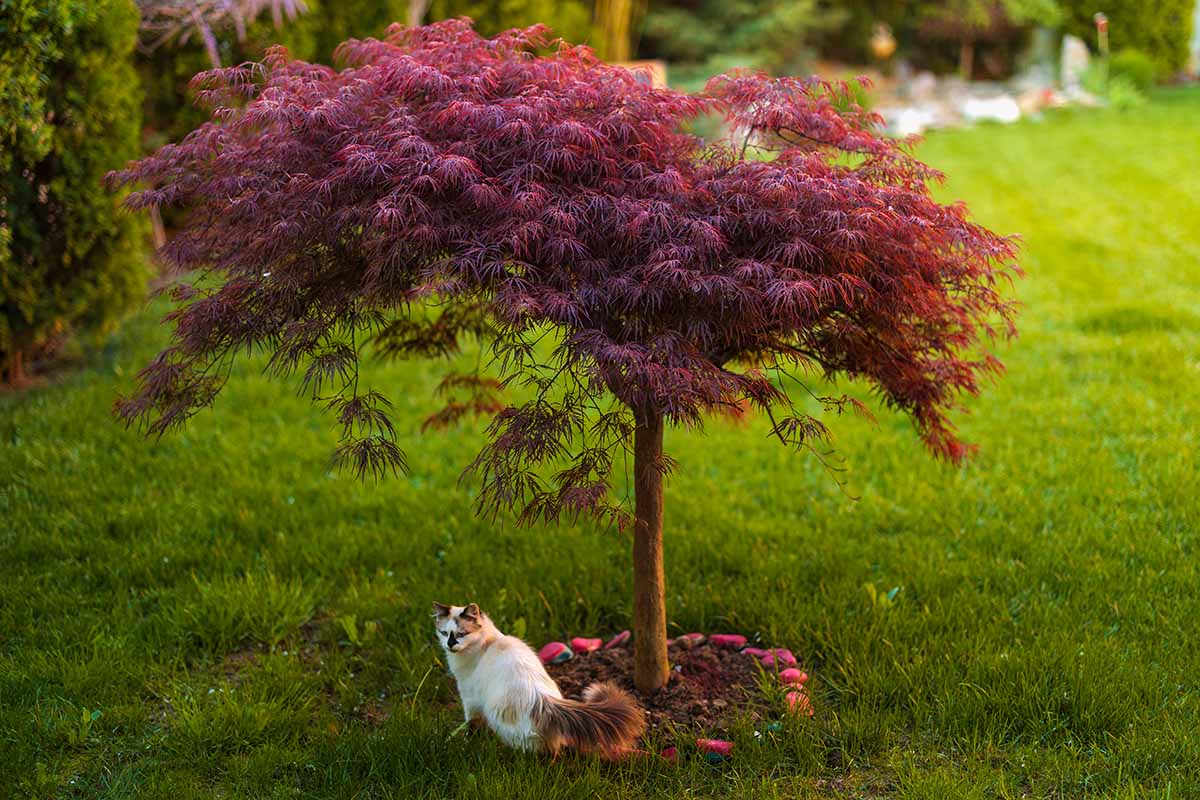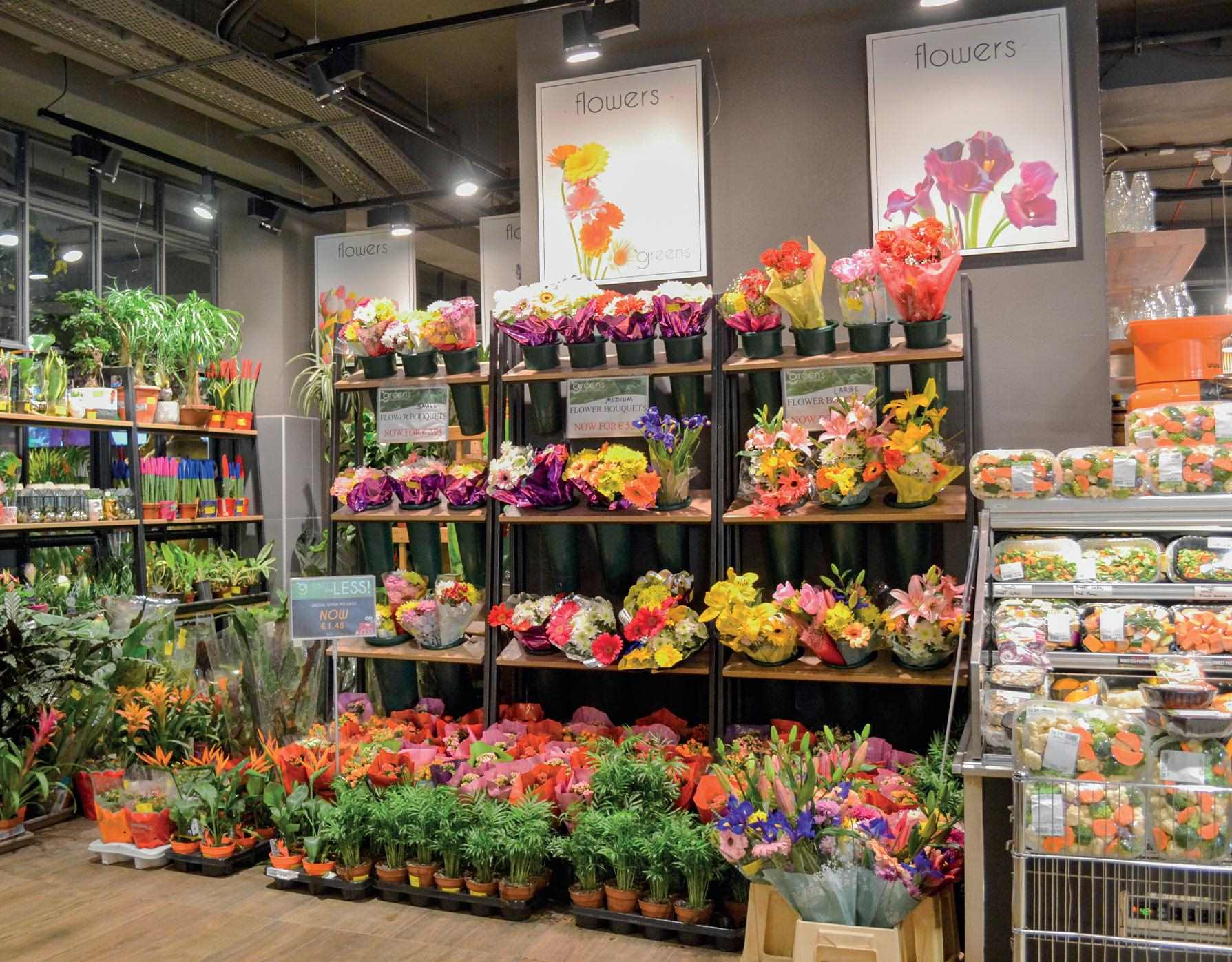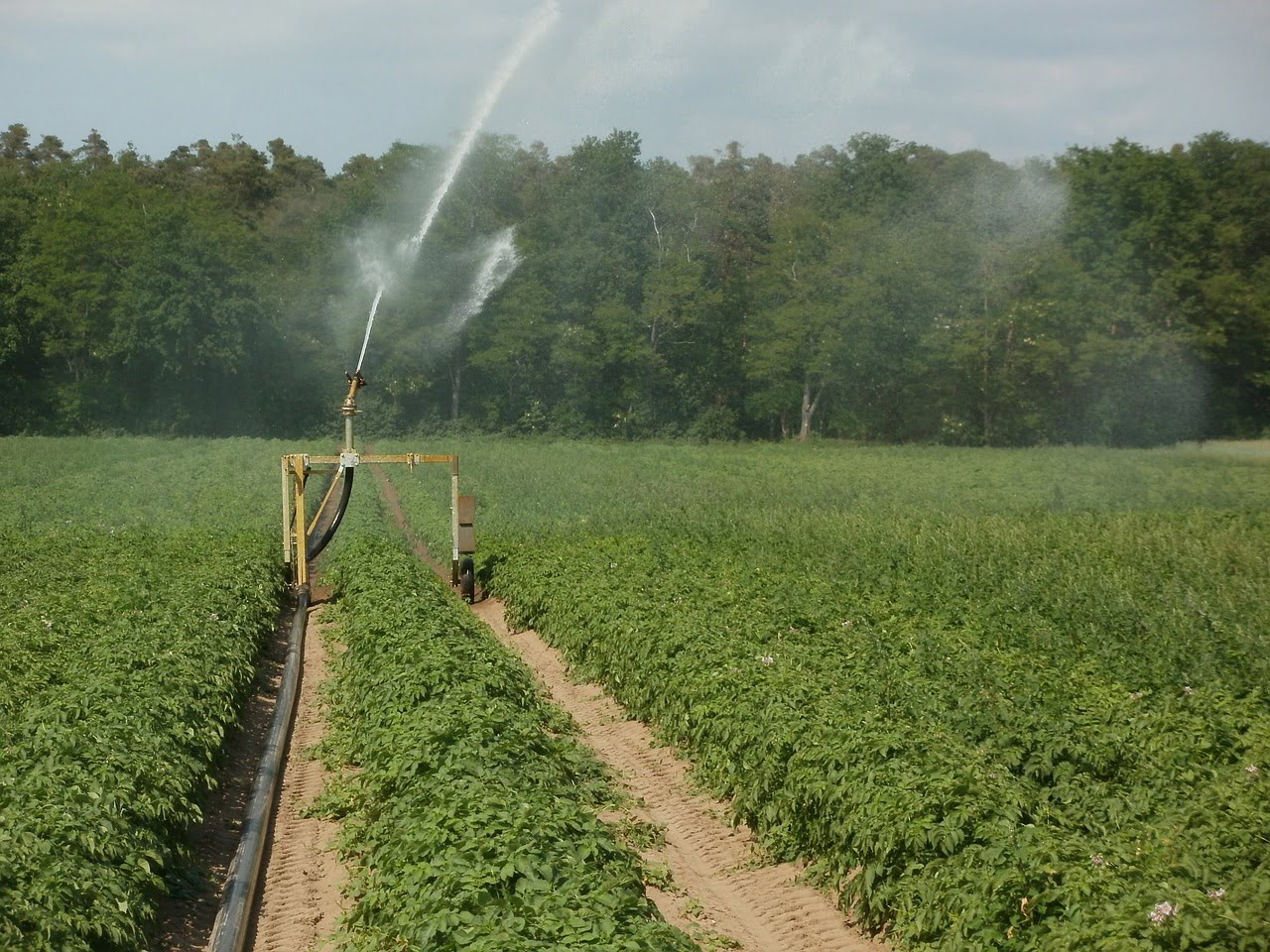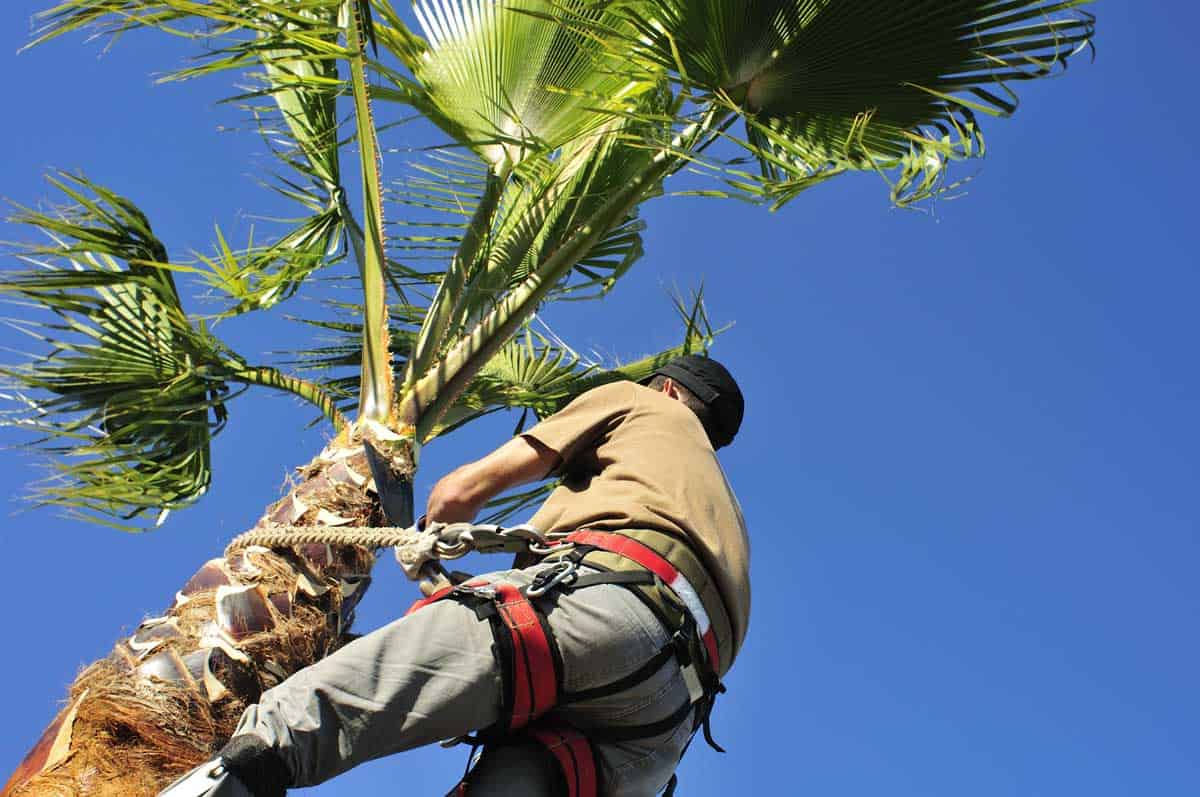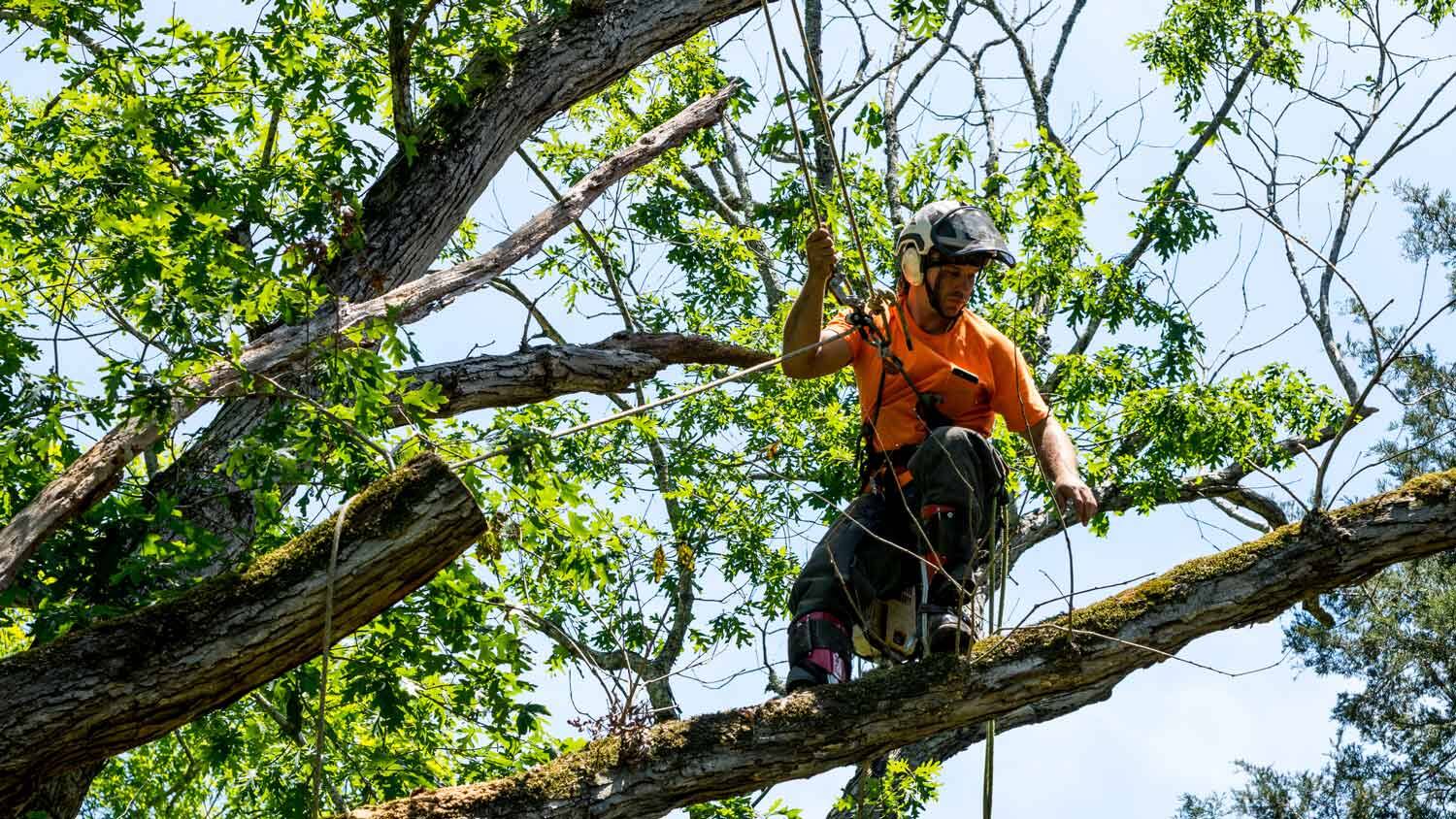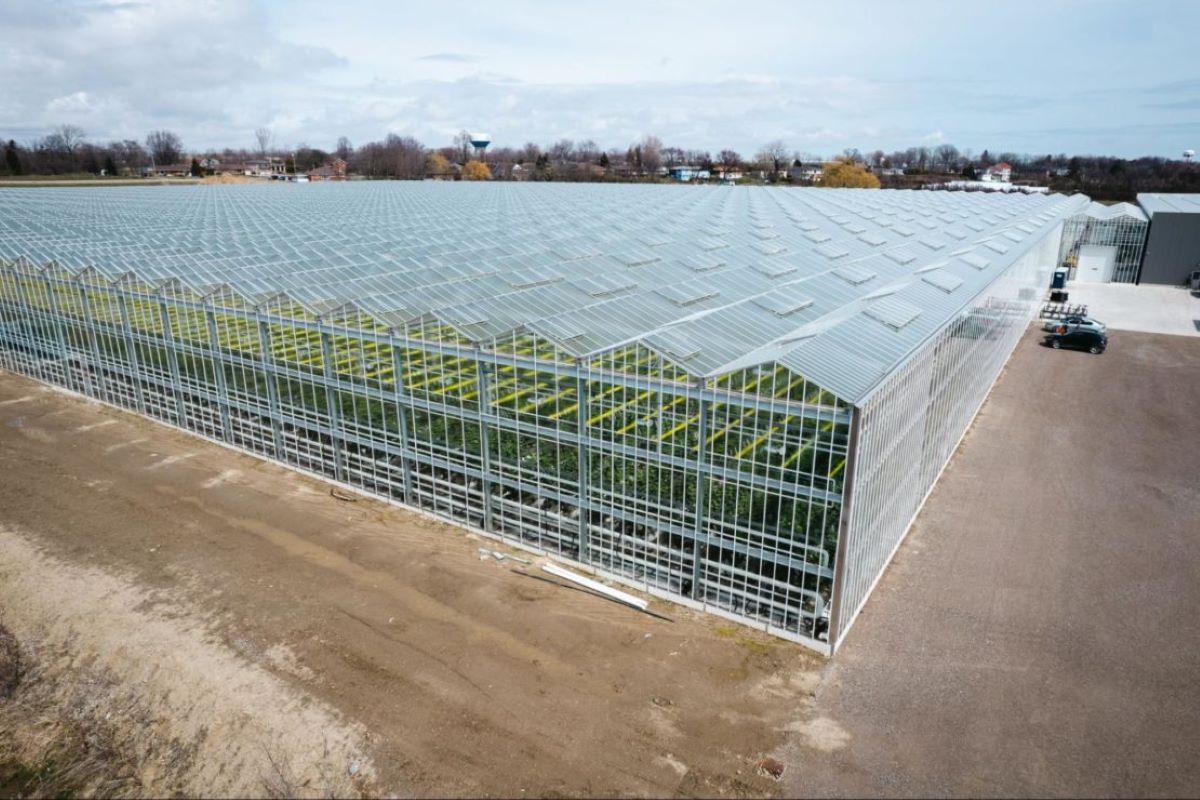Home>Types of Gardening>Ornamental Gardening>How Much Do Maple Trees Cost
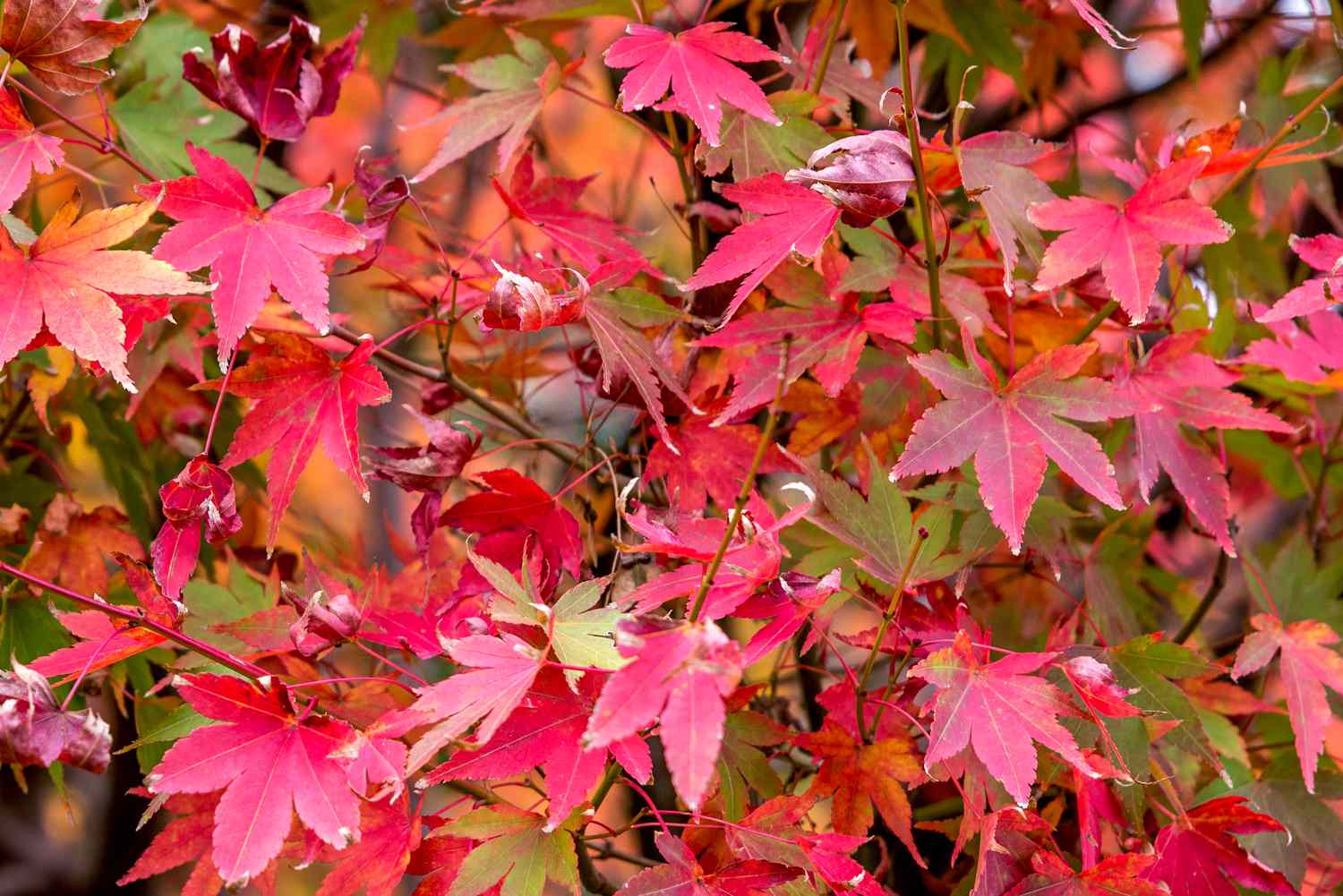

Ornamental Gardening
How Much Do Maple Trees Cost
Published: November 5, 2023
Find out the cost of maple trees and explore the world of ornamental gardening. Discover the beauty of these trees and their prices for your gardening needs.
(Many of the links in this article redirect to a specific reviewed product. Your purchase of these products through affiliate links helps to generate commission for Chicagolandgardening.com, at no extra cost. Learn more)
Table of Contents
Introduction
Welcome to the wonderful world of ornamental gardening! If you have a passion for creating beautiful outdoor spaces and adding a touch of natural elegance to your surroundings, then you’re in the right place. And what better way to enhance the aesthetic appeal of your garden than by including gorgeous maple trees?
Maple trees are renowned for their stunning foliage, vibrant colors, and unique characteristics. Whether you’re looking to add a focal point to your landscape, create shade and privacy, or simply enjoy the beauty of these majestic trees, maple trees are an excellent choice.
However, before embarking on your journey to find the perfect maple tree for your garden, it’s important to understand the factors that influence their cost. From tree size and species to age and condition, various elements come into play when determining the price of maple trees.
In this article, we will explore the factors that influence the cost of maple trees, provide you with an average price range, and share where you can purchase these magnificent trees. Additionally, we’ll discuss any additional costs associated with maple tree maintenance, so you can make an informed decision when it comes to integrating them into your ornamental garden.
So, let’s dive in and discover the world of maple trees, their costs, and everything you need to know to create a stunning and vibrant outdoor space!
Factors Influencing the Cost of Maple Trees
When it comes to determining the cost of maple trees, several factors come into play. Understanding these factors will not only help you gauge the price range but also assist you in making an informed decision based on your budget and specific requirements. Let’s explore some of the key elements that influence the cost of maple trees:
- Tree Size: The size of the maple tree is a significant factor that affects its price. Generally, larger trees with more extensive root systems and taller heights tend to be more expensive than smaller, younger specimens. This is because large maple trees require professional equipment and additional effort for transportation and installation.
- Species: There are various species of maple trees, including Sugar maple, Red maple, Japanese maple, and Silver maple, to name a few. Some species are more sought after for their distinctive characteristics or adaptability to specific climates, making them more expensive than others.
- Age and Condition: The age and condition of the maple tree also play a role in determining its cost. Older, more mature trees that have established root systems and full canopies tend to be pricier due to the time and care invested in their growth. Additionally, trees in excellent health with minimal disease or damage command a higher price.
- Rarity: Certain rare or unique cultivars of maple trees, such as those with variegated foliage or uncommon growth patterns, are highly sought after by collectors and enthusiasts. The rarity and limited availability of these trees often lead to higher prices in the market.
- Supplier and Location: The supplier from which you purchase the maple tree can influence its cost. Different nurseries or garden centers may have varying pricing structures based on their overhead costs, quality of the trees, and reputation. Additionally, geographical location can impact prices, with trees being more expensive in certain regions due to transportation costs or local demand.
It’s important to consider these factors when selecting a maple tree for your garden. Assessing your budget, space availability, and personal preferences will help you determine the ideal combination of size, species, and condition that aligns with your requirements.
Now that we understand the factors affecting maple tree costs, let’s move on to exploring the average price range you can expect when purchasing these beautiful trees.
Average Cost of Maple Trees
When it comes to the cost of maple trees, it’s important to note that prices can vary significantly depending on the factors mentioned earlier. The following average price ranges can serve as a general guideline to give you an idea of what to expect:
- Small Maple Trees: For younger maple trees with heights ranging from 4 to 6 feet, you can typically expect to pay between $50 and $150. These smaller trees are perfect for those with limited space or anyone looking to start their maple tree collection.
- Medium Maple Trees: If you’re aiming for a tree with a height between 6 and 10 feet, the average cost can range from $150 to $300. Medium-sized maple trees provide a balance between affordability and more substantial visual impact.
- Large Maple Trees: For those looking for an immediate impact and a mature tree, prices can start from $300 and go up to $1000 or more, depending on the size, species, and condition of the maple tree. These larger trees create an instant focal point in your garden and require professional assistance for installation.
- Rare Cultivars: If you are interested in acquiring a rare or unique cultivar of maple, be prepared to invest a bit more. Prices for rare varieties can start from a few hundred dollars and easily reach into the thousands, depending on availability and demand.
- Container vs. Bare-Root Trees: Another factor that can affect the cost is whether the maple tree is sold in a container or as a bare-root tree. Container trees tend to be more expensive due to the added cost of the pot and growing medium. Bare-root trees, on the other hand, are generally more affordable but may require more care and attention during the planting process.
Remember, these are average price ranges and can vary based on the factors mentioned earlier, such as species, age, condition, and supplier. It’s always a good idea to shop around, compare prices, and ensure you’re getting the best value for your money.
Now that we have an idea of the average cost of maple trees, let’s explore where you can purchase these beautiful additions to your garden.
Where to Purchase Maple Trees
When it comes to purchasing maple trees, you have several options to choose from. Here are some of the most common places where you can find and buy these magnificent trees:
- Nurseries and Garden Centers: Local nurseries and garden centers are a great place to start your search. They often have a wide selection of maple trees available, allowing you to see and choose from different species and sizes. The advantage of buying from a nursery is that you can personally inspect the trees, ask questions, and get expert advice on their care.
- Online Plant Retailers: In today’s digital age, online plant retailers have become increasingly popular. They offer convenience and a wide variety of maple trees to choose from. When purchasing online, make sure to research the seller’s reputation, read customer reviews, and check their return policy to ensure a smooth buying experience.
- Arborists and Tree Farms: Contacting arborists or tree farms in your area is another option when looking for maple trees. These professionals specialize in trees and may have a selection of maple trees for sale. They can also provide guidance on choosing the right tree for your specific needs and assist with installation and maintenance.
- Local Tree Sales and Auctions: Many communities organize tree sales or auctions as part of environmental initiatives or fundraising events. These events can be a great opportunity to find maple trees at affordable prices while supporting local causes. Keep an eye on community bulletin boards, local newspapers, or online forums to find out about upcoming events in your area.
- Friends and Neighbors: Don’t underestimate the power of networking! Your friends, neighbors, or members of local gardening groups may have maple trees they are willing to sell, trade, or give away. This not only allows you to acquire a tree from a trusted source but also fosters a sense of community and shared gardening knowledge.
Regardless of where you decide to purchase your maple tree, remember to consider factors such as quality, reputation of the seller, and whether they offer any guarantees or warranties. It’s also essential to inquire about proper care instructions and any specific requirements for transplanting and maintaining the tree.
Now that we know where to purchase maple trees, let’s explore some additional costs associated with owning and maintaining these beautiful trees.
Additional Costs Associated with Maple Trees
While the initial cost of purchasing a maple tree is one consideration, it’s important to be aware of the potential additional costs associated with owning and maintaining these beautiful trees in your garden. Here are some factors to keep in mind:
- Professional Planting: If you’re purchasing a larger maple tree or lack the necessary equipment and expertise, you may need to hire a professional to properly plant the tree. The cost of professional planting can vary depending on the size and complexity of the job, so it’s essential to factor this into your budget.
- Watering and Irrigation: Maple trees, especially during their early years, require regular watering to establish strong root systems. Depending on your climate and local water rates, this could result in extra costs on your water bill. Consider installing an irrigation system or investing in a hose to make watering more efficient.
- Pruning and Maintenance: To ensure the health and appearance of your maple tree, regular pruning and maintenance are essential. This may involve hiring a professional arborist or investing in the necessary tools and equipment to do it yourself. It’s important to budget for these ongoing maintenance costs to keep your maple tree looking its best.
- Fertilizers and Soil Amendments: Depending on the quality of your soil and the specific needs of your maple tree, you may need to invest in fertilizers and soil amendments. These products can help provide the necessary nutrients and improve the overall health and growth of your tree.
- Pest and Disease Control: Maple trees can be susceptible to various pests and diseases, such as aphids, scale insects, leaf spot, or verticillium wilt. It’s important to budget for potential pest and disease control measures, such as insecticides or disease treatments, to protect your tree and ensure its longevity.
- Seasonal Care: Maple trees may require specific care during changing seasons. This could include protecting them from extreme temperatures, providing mulch during winter to insulate the roots, or ensuring adequate watering during hot summer months. Consider the seasonal care requirements and associated costs when planning for your maple tree.
Being aware of these additional costs will help you plan and budget accordingly to ensure the long-term health and vitality of your maple tree.
Now that we’ve explored the various costs involved with maple trees, let’s summarize what we’ve learned and wrap up our discussion.
Conclusion
Maple trees are a fantastic addition to any ornamental garden, adding beauty, color, and natural elegance to your outdoor space. Understanding the factors that influence the cost of maple trees, such as size, species, age, condition, and rarity, will help you make an informed decision when purchasing one.
On average, the cost of maple trees can range from $50 to over $1000, depending on the size, species, and condition. Consider the size of the tree you desire, the specific characteristics you’re looking for, and your budget when selecting the perfect maple tree for your garden.
There are several options for purchasing maple trees, including nurseries, online plant retailers, arborists, local tree sales, and even through networking with friends and neighbors. Remember to choose a reputable seller and inquire about care instructions and guarantees before making a purchase.
It’s important to be aware of the additional costs associated with owning and maintaining maple trees. These can include professional planting, watering and irrigation, pruning and maintenance, fertilizers and soil amendments, pest and disease control, and seasonal care. Considering these costs will help you budget for the ongoing care and maintenance of your maple tree.
With proper care and attention, your maple tree will thrive and become a cherished centerpiece in your ornamental garden for years to come. So go ahead, explore the world of maple trees, and create a vibrant and stunning outdoor space that you can enjoy and be proud of.
Happy gardening!
